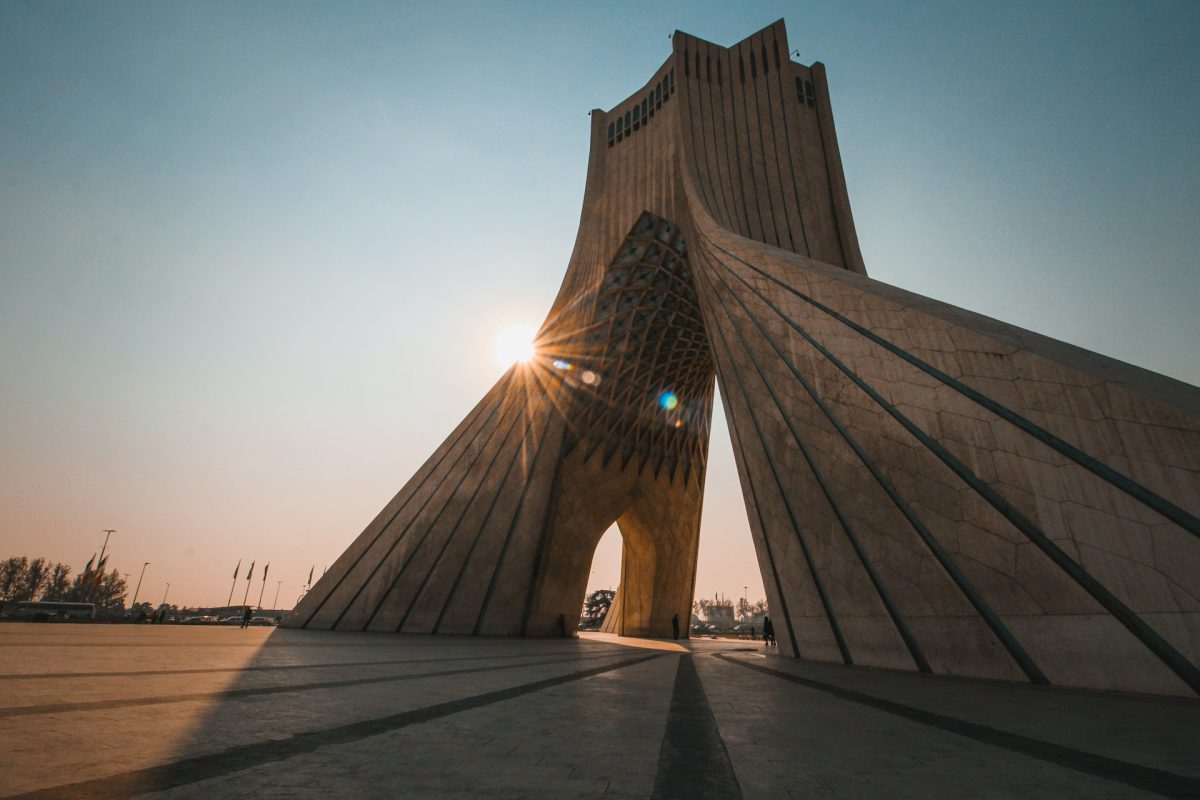Table of Contents
The transformation from Persia to Iran is a narrative steeped in rich history and cultural evolution. For centuries, the Western world knew this vast land as Persia, a name that conjured images of ancient empires, legendary kings, and timeless contributions to art and science. This name, however, was officially changed in 1935 when Reza Shah Pahlavi requested that the international community refer to the country by its native name, Iran. This move was part of a broader strategy to reassert national identity and modernize the country, shedding colonial-era connotations and aligning with the nation’s heritage, as “Iran” has been used internally for centuries, reflecting its Aryan roots.
Iran history and culture is a tapestry of dynasties and conquests, with each era leaving an indelible mark on its culture and society. From the Achaemenid Empire, which introduced unprecedented administrative innovations and infrastructure, to the intellectual flourishing of the Sassanian dynasty, Iran’s past is a chronicle of resilience and ingenuity. The Islamic Golden Age further transformed the region, making it a beacon of science, philosophy, and art. Each chapter of Iran’s history contributes to its complex identity, a blend of ancient traditions and continuous adaptation.
The Origin of Persia
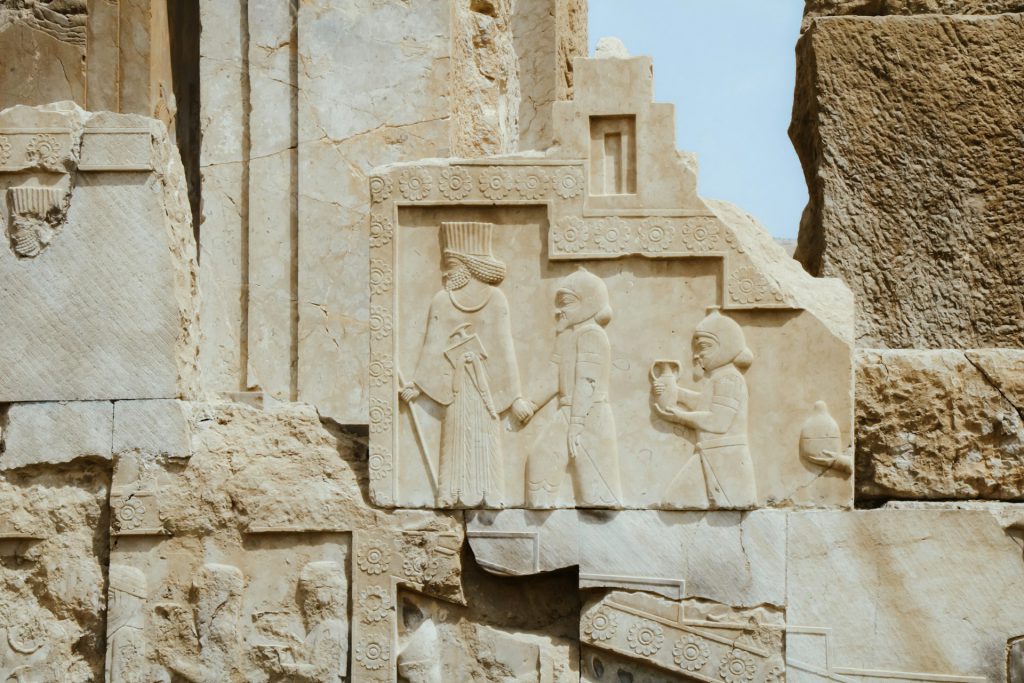
Persia’s history is a rich tapestry stretching back thousands of years, culminating in the official name change to Iran in 1935. This ancient land is frequently mentioned in the Old Testament, particularly during the reign of Cyrus the Great, a name familiar to religious and biblical scholars alike. The Greeks coined the term “Persia” to denote the “country controlled by Cyrus,” a reference to the lands governed by this legendary ruler. The name itself originates from “Parsa,” the ethnic group from which Cyrus hailed. While Cyrus is renowned as the first Persian king, Darius the Great often eclipses him in fame as perhaps the most celebrated ruler of ancient Persia.
Cyrus and Darius laid the foundations of the Achaemenid Empire, one of history’s most influential civilizations. Following the Achaemenid era, Persia saw the rise and fall of several powerful dynasties, including the Sassanid, Safavid, Afsharid, and Qajar. Each dynasty contributed to the rich cultural and historical mosaic of Persia, leaving an enduring legacy that shaped the nation’s identity. These successive empires not only fortified Persia’s prominence in the ancient world but also helped cultivate a diverse cultural heritage that continues to captivate and inspire.
The Name “Persia”
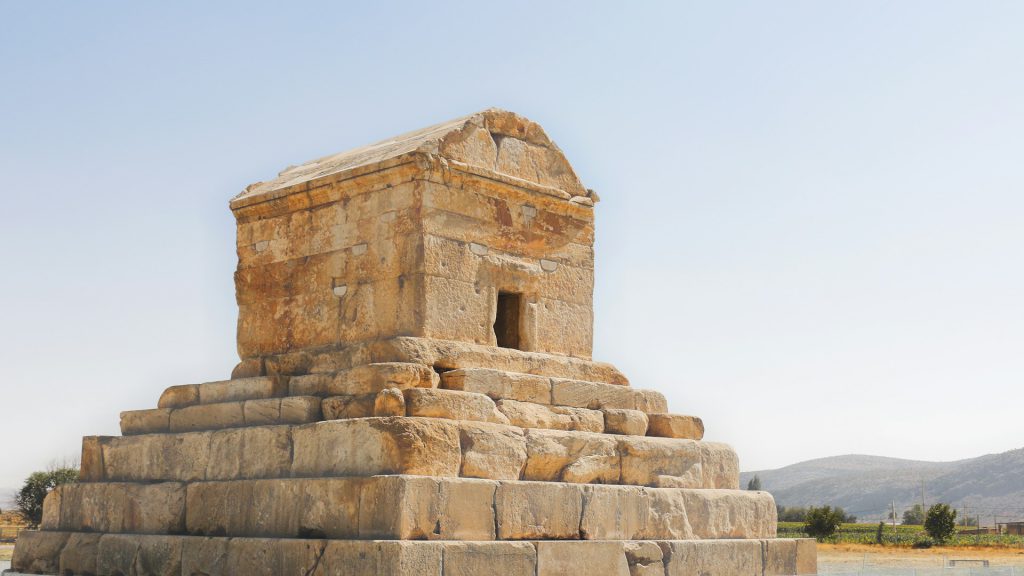
As shortly mentioned, the term “Persia” finds its roots in “Parsa,” a region in southwestern Iran that was home to the founders of the empire. Greek historians were instrumental in propagating this designation, which was later embraced by Western cultures to refer to the entire kingdom. Interestingly, while the name “Persia” gained widespread recognition outside its borders, it was not the name the inhabitants used themselves.
To the people within, their land was always known as Iran, an endonym that reflected their own identity and heritage. In contrast, “Persia” served as an exonym, a name imposed from the outside world. This distinction underscores a deeper narrative about how external perceptions and internal identities can diverge, shaping the way a culture is understood and remembered on the global stage.
The Emergence of Iran
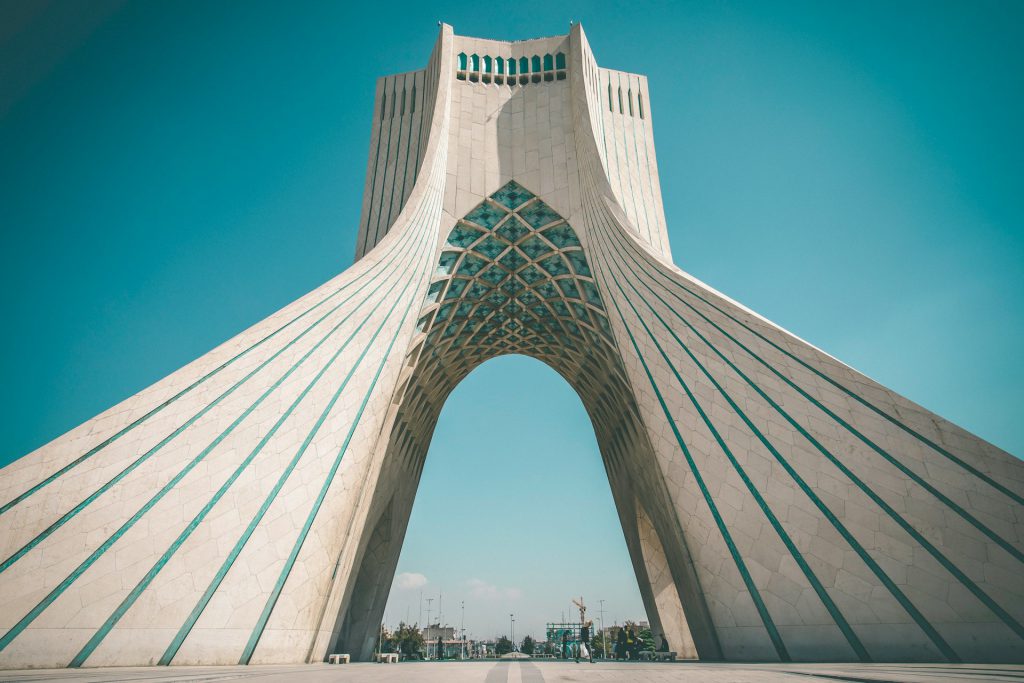
Since the era of the Zoroastrians around 1000 BC, the native inhabitants referred to their homeland as Iran, indicating its recognition long before it was known as Persia to the outside world. At this time, it was also called Arya, meaning the Land of the Aryans. The Greeks, however, introduced the name “Persia” around 550 AD, and it wasn’t until the 20th century that the West began to officially recognize the country as Iran. In 1935, the Iranian government formally requested that all Western nations adopt the name Iran instead of Persia, marking a significant step in reclaiming their indigenous identity.
The transition to the name Iran took time to gain widespread acceptance, but today it is the predominant term used globally. In 1959, Iran’s president, Mohammad Reza Pahlavi, stated that the country could be referred to as either Persia or Iran, yet the name Iran persisted. Even after another name change in 1979, when the country became the Islamic Republic of Iran, the majority of people continued to refer to it simply as Iran, reflecting a blend of historical legacy and modern identity.
The shift from Persia to Iran was more than just a change in nomenclature; it represented a profound reassertion of national identity and heritage. By officially adopting the name Iran, the country sought to emphasize its ancient roots and continuity as a civilization, distinct from the external labels imposed by foreign powers. This change also aligned with the broader movements of modernization and national pride that were sweeping through the country under the Pahlavi dynasty, seeking to project an image of a unified and progressive nation.
Despite the official adoption of the name Iran, the cultural and historical connotations of Persia continue to resonate. The term evokes the grandeur of ancient empires, the splendor of Persian art and architecture, and the contributions of Persian scholars and poets to global culture. This dual identity, encapsulated in the names Persia and Iran, reflects the rich and multifaceted history of a nation that has been a crossroads of civilizations for millennia. As Iran continues to evolve, it carries forward a legacy that is both deeply rooted in antiquity and dynamically engaged with the contemporary world.
Aryan Identity
The 19th century saw a fascinating yet problematic evolution of the term “Aryan” from a linguistic concept to a racial ideology. It all began with Sir William Jones’s groundbreaking discovery of similarities between Sanskrit, Persian, Latin, and Greek, leading to the identification of the Indo-European language family. This linguistic breakthrough, while scientifically sound, inadvertently set the stage for a series of misinterpretations that would have far-reaching consequences.
German philosopher Friedrich Schlegel took Jones’s linguistic theory a step further, erroneously linking language to race. This leap from linguistic categorization to racial classification gave birth to the concept of an “Aryan race,” supposedly encompassing Indo-European speakers. The idea quickly gained traction among European scholars and ideologues, who saw it as a means to assert racial superiority. This misconception was further solidified by works like Arthur de Gobineau’s “An Essay on the Inequality of the Human Races,” which portrayed the Aryan race as the pinnacle of human civilization. The Aryan myth, now divorced from its linguistic origins, became a powerful tool for nationalist and racist ideologies, culminating in its infamous adoption by the Nazi regime.
The Name “Iran”
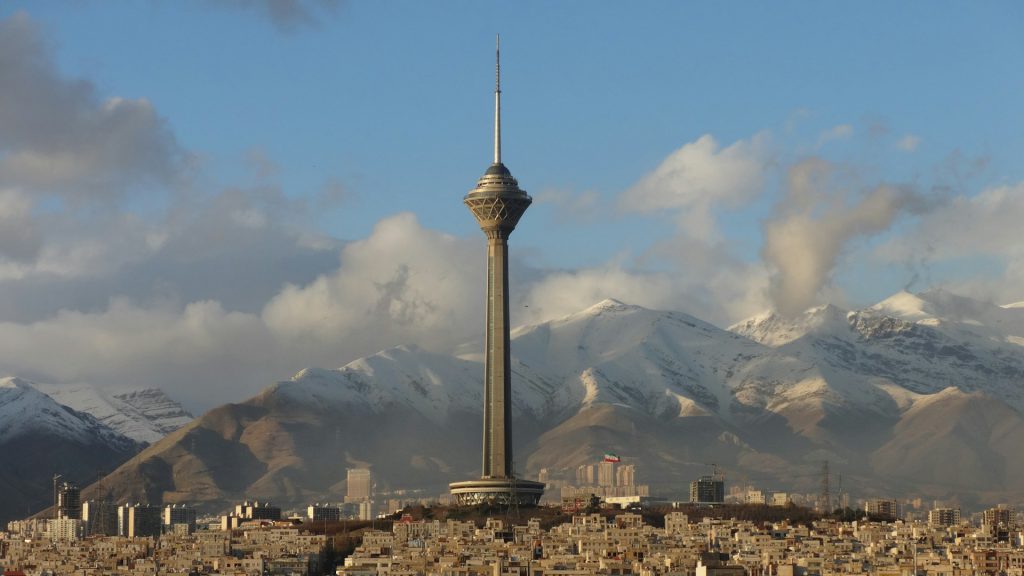
The name “Iran” traces its origins to “Airyan,” a term embedded in the ancient texts and Zoroastrian scriptures of the Iranian peoples themselves. This indigenous designation carries profound cultural and historical significance, symbolizing not just a geographical entity but a cohesive identity rooted in antiquity. The concept of “Iran” as an “Aryan expanse” reflects a deep self-awareness among its people, encompassing a vast cultural and linguistic landscape that stretches across centuries.
Unlike the externally imposed label of “Persia,” which originated from Greek usage and later became widely adopted in the West, “Iran” represents a reclaiming of native identity. It underscores a continuity of heritage and a connection to ancient civilizations that flourished in the region. Embracing “Iran” as the preferred name for the country signifies a deliberate move towards asserting sovereignty and reclaiming historical authenticity, resonating with a narrative of resilience and cultural pride that continues to shape the nation’s identity in the modern era.
Persia to Iran: Considering the Name Change
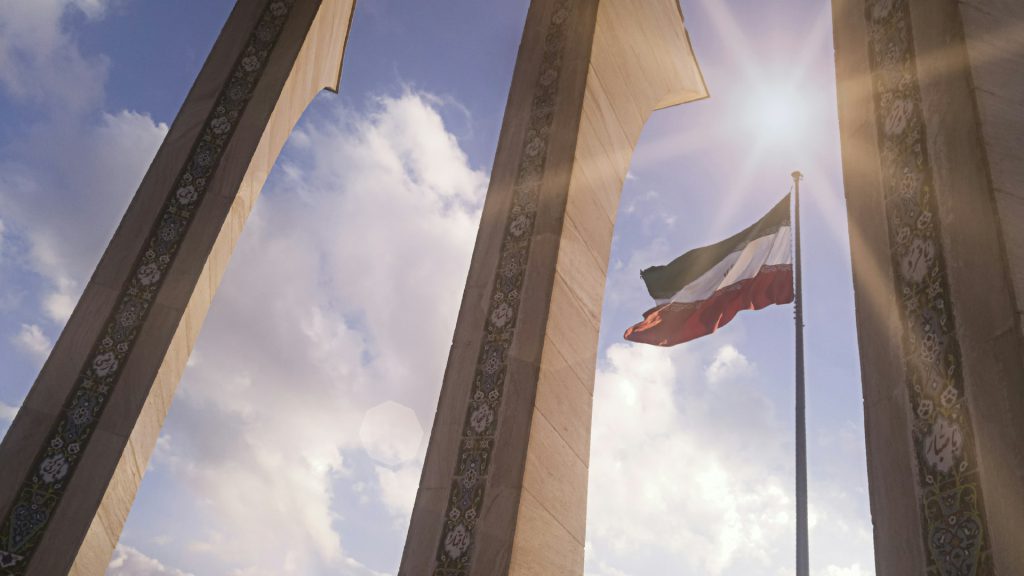
Well, Persia or Iran? The transition from Persia to Iran wasn’t without its share of confusion and resistance. Winston Churchill, for instance, voiced concerns that the new name might be easily confused with neighboring Iraq, highlighting the potential for diplomatic and geopolitical misunderstandings. This worry wasn’t unfounded, as the similarity in names could indeed lead to mix-ups in international communications and public perception.
Adding to the complexity, Iran’s efforts to explain the name change to Western audiences fell short. Many in the West mistakenly believed Iran to be an entirely new nation, perhaps carved out of the former Ottoman Empire, rather than understanding it as a continuation of the ancient Persian civilization. This misconception underscored the importance of clear communication in international relations and the power of names in shaping global perceptions.
Perhaps the most significant hurdle in adopting the new name was its controversial connotations. “Iran,” meaning “Land of the Aryans,” carried uncomfortable associations in the West, particularly in Great Britain. This etymology, with its racial overtones, raised eyebrows and caused hesitation among those accustomed to the more neutral “Persia.” The timing of the change, coinciding with the rise of Nazi Germany and its emphasis on Aryan supremacy, further complicated the reception of the new name.
Despite these initial reservations, the name “Iran” gradually gained acceptance through persistent usage and geopolitical shifts. The restoration of British influence in Iran in 1941 played a role in normalizing the new name in Western discourse. Over time, as diplomatic and cultural exchanges continued, “Iran” became the standard designation, while “Persia” slowly faded from common usage, remaining primarily in historical and cultural contexts. Despite its modern name, Persia today or Iran retains the essence of its Persian roots, evident in its language, traditions, and architectural wonders.
FAQs about Persia to Iran
Q1: Why did they change Persia to Iran?
A1: When Reza Shah became the new king, the country changed its name to Iran. This was an attempt to signal a fresh start. Iran made it clear to the world that it was aligning itself by changing the name from Persia to Iran or Arya, which means the land of the Aryans. Before 1935, Persia (or Iran) had been greatly influenced by the Soviet Union and Great Britain.
Q2: Which is older Iran or Persia?
A2: Prior to 1935, the country now known as Iran was officially called Persia in the Western world. Persia referred to the ancient kingdom of Parsa and the larger Persian Empire. However, within their own country, the Persian people had long referred to it as Iran (sometimes spelled Eran). When Reza Shah became the new king, the country officially changed its name from Persia to Iran in an effort to signal a new beginning. This change to the name Iran made the country’s allegiance clear to the rest of the world.
Q3: How is Persia different from Iran?
A3: Before 1935, the country now called Iran was officially known as Persia in the Western world. Persia was the name used to refer to the ancient kingdom of Parsa and the larger Persian Empire. However, the people living within the country itself had long used the name Iran (sometimes spelled Eran) to describe their homeland.
Q4: When did Persia become Iran?
A4: For a long time in history, the land that is now the country of Iran was known as Persia. It wasn’t until 1935 that the country officially changed its name to the name we know it by today – Iran.
Q5: When did Persia become Muslim?
A5: The Muslim conquest of Persia, also called the Muslim conquest of Iran, the Arab conquest of Persia, or the Arab conquest of Iran, was a big military campaign carried out by the Rashidun Caliphate between the years 632 and 654.
Last Words: Explore the Best of Iran with a Customized Tour
The country we now call Iran used to be known as Persia for a very long time. Persia was famous for its ancient empires, legendary kings, and important contributions to art and science. However, in 1935, the ruler Reza Shah Pahlavi asked the world to start calling the country Iran instead. Iran’s history is full of different ruling dynasties and conquests. Each era left its mark on Iran’s culture and society.
If you want to explore the rich history, beautiful culture, and stunning landscapes of Iran, the best way is by going on a Customized tour. This is where To Iran Tour can help. As a top provider of Iran tours and travel packages, we take pride in designing Iran Tours that are perfect for each traveler. Our team of experienced experts carefully plans itineraries that show you the absolute best of this fascinating country, from the ancient historical sites to the lively modern cities.
So, if you’re ready for an amazing adventure, let ToIranTour be your guide to the wonders of Iran.

